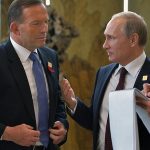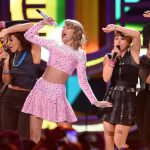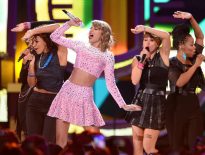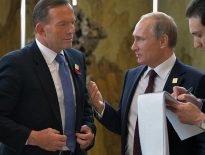Why 2014 Has Been a Big Season for Federer—Despite Going 0-for-the-Majors
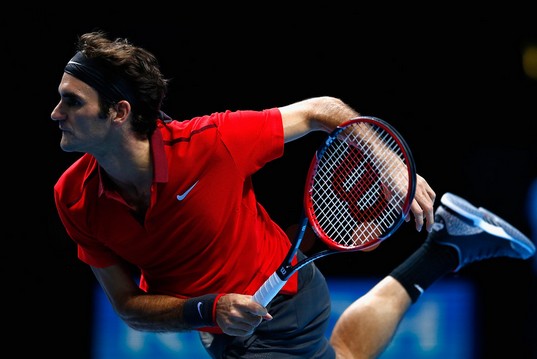
London
Shortly after Roger Federer ’s first Wimbledon triumph, a tournament in his native Switzerland presented him with his very own dairy cow. This is how long ago that was: Juliette the cow has been dead at least seven years. (He got the cow in 2003.)
Federer is five months younger than Lleyton Hewitt, who barely cracks tennis’s top 50 these days. Federer is older than Andy Roddick, who retired two years ago.
So some perspective is in order when sizing up Federer, who is finishing up his second straight year without a Grand Slam title.
At age 33, Federer is flirting with the No. 1 ranking here at the season-ending ATP World Tour Finals. For all of the talk of his decline, even if he is unlikely to ever add to his record 17 majors, he is meeting his own targets. This year, he said, he wanted three to five titles. “And I have five now, he said on Sunday.
That total includes three starting with the Cincinnati Masters three months ago. He also appeared in another five finals, including at Wimbledon, where he lost narrowly to Novak Djokovic in five sets. So the season, Federer said, turned out “better than I thought it was going to be. I figured I was going to struggle up until about March this year. Success kicked in quite quickly with Brisbane and the Australian Open.
Around this time last year, Federer sat seventh in the world rankings, though he finished the year at No. 6 after runs in Basel and Paris. His stated goal of playing through Rio 2016—or, rather, doing well there—seemed like a pipe dream. Now, he knows that he will finish 2014 no worse than second. The last time he picked up four ranking spots in a season was 2003, the first of two cow-winning years.
There is little question that Federer has had the best overall year of tennis’s so-called big four men’s players, winning more matches on tour and appearing in more finals than any of his rivals in a season when four different men won Grand Slam tournaments.
Rafael Nadal, struggling with injury, has played just 12 matches since winning Roland Garros. Andy Murray underwent back surgery in late 2013 and only made the World Tour Finals with a furious run of 23 matches from Sept. 22 to the start of this tournament on Sunday—all three of his tournament victories came during that stretch. And Djokovic, whose only Slam victory this season was the Wimbledon defeat of Federer, appeared in three fewer finals.
Even without taking home any Slams, Federer has put together spells of sustained success this season for the first time in years. In 2014, he has had four separate streaks of at least 10 victories, according to Tennis Abstract. He didn’t have a single run that long in 2013, when obituaries for his career became common occurrences. He had just two a season from 2010 to 2012, although he reached 17 straight wins in two of those campaigns.
The reward this season was a brief shot at finishing the year at No. 1. But after Djokovic won the Paris Masters this month, Federer’s chances are slim. Broadly speaking, the top spot will remain in Djokovic’s possession if the Serbian goes deep this week in London.
“I think that would be very special because I’ve been there and I know how much it would mean, Federer said. “Because winning a tournament is a one-week thing or a two-week thing, but getting back to world No. 1 is an entirely different animal.
If Federer is to pull it off before he retires, it will likely be with seasons closer to this one—full of finals on the Masters circuit, rather than his Slam-destroying campaigns of old.
Federer’s body isn’t breaking down the way that most tennis bodies do at his age. But only five Grand Slams have been won by men older than him. Four went to the Australian great Ken Rosewall. He won the 1968 French Open when he was four months older than Federer is now, then proceeded to win one a year from 1970 to 1972.
More recent examples are harder to come by. In the past quarter century, the only two male Grand Slam winners over the age of 31 were Pete Sampras (2002 U.S. Open) and Andre Agassi (2003 Australian Open).


